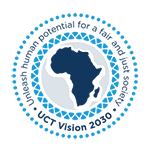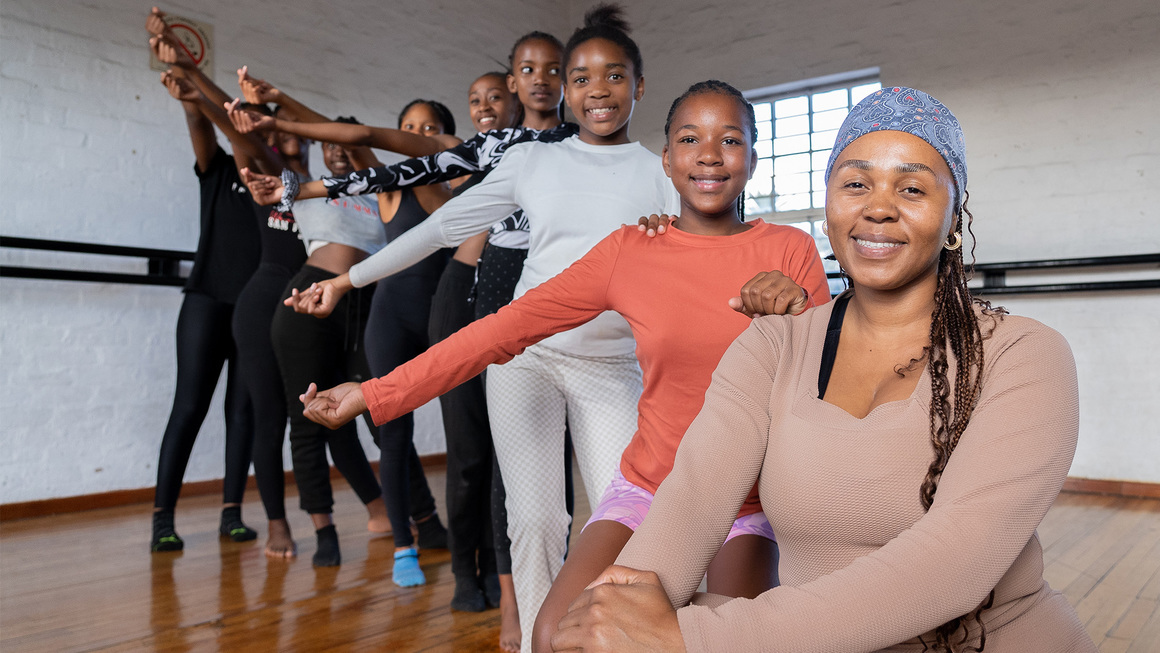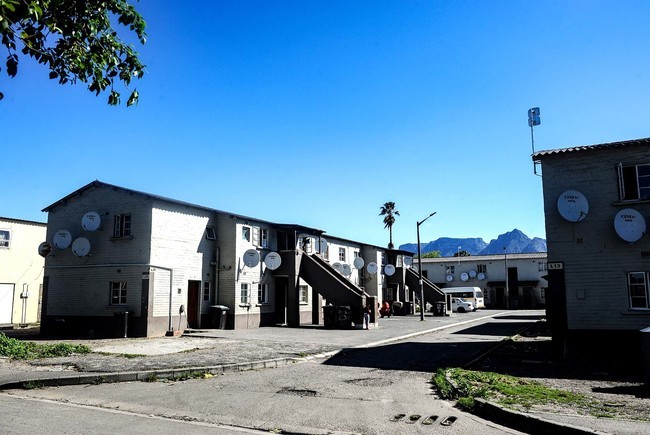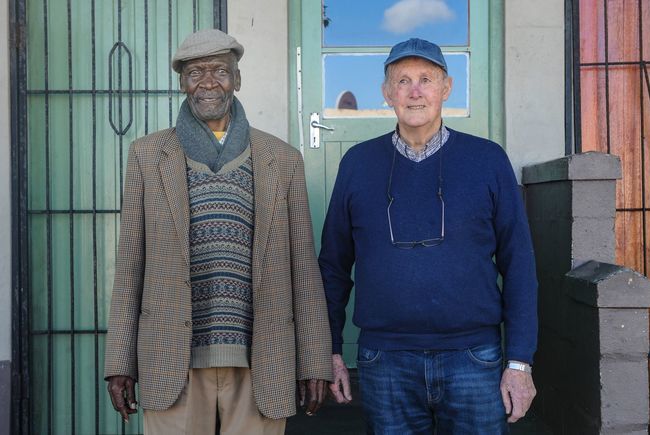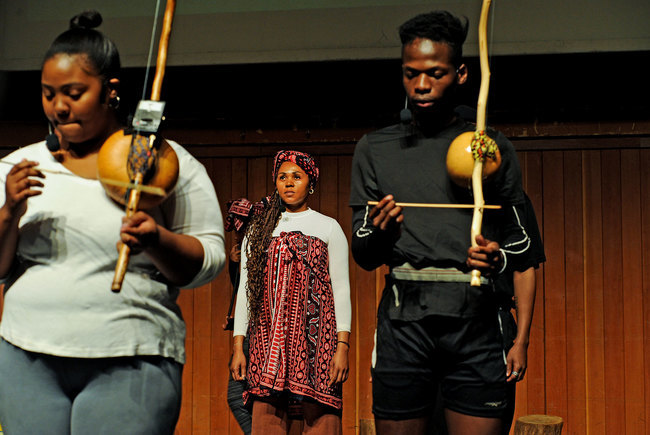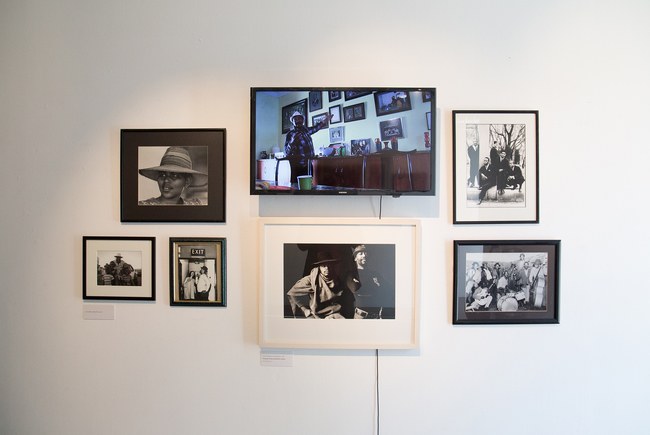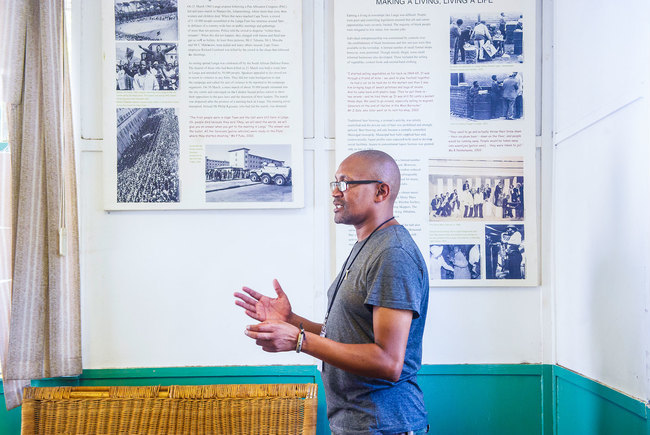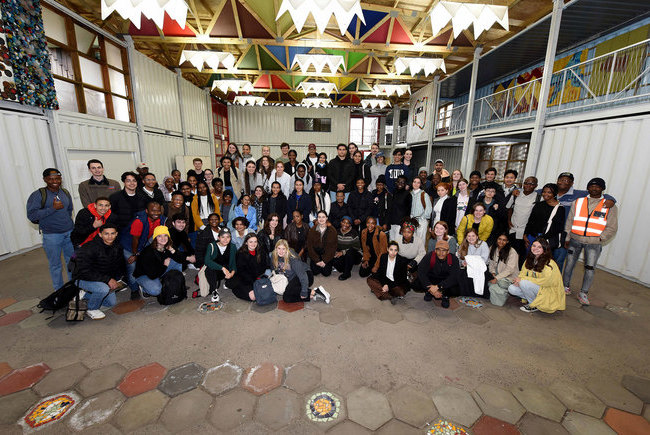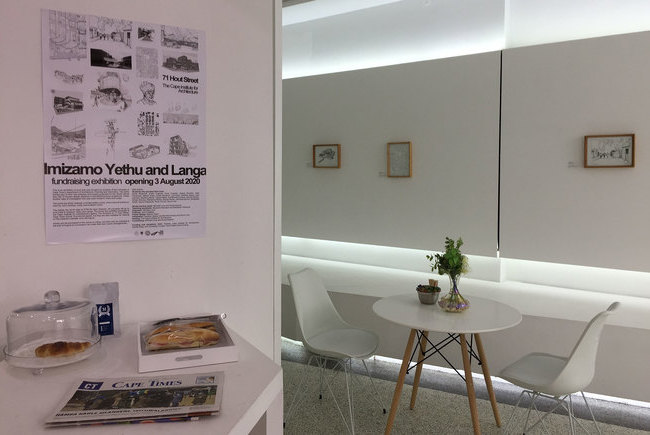Space, place and culture: Lessons from KwaLanga
17 April 2023 | Story Helen Swingler. Read time 10 min.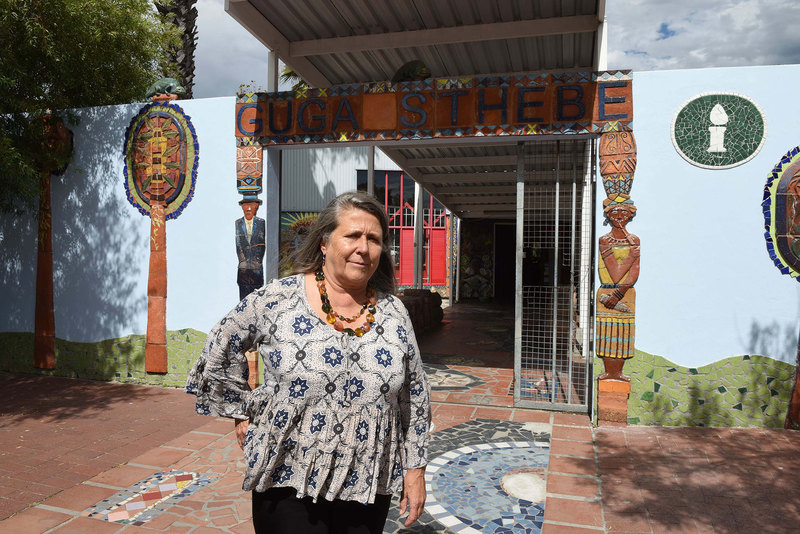
When the late unionist and community activist Mama Zora Mehlomakulu called Carin Smuts and Helen Lieberman to a meeting in KwaLanga in 1998, Smuts had no inkling how it would influence her life and work. In KwaLanga’s centenary year, the University of Cape Town (UCT) alumnus recalled how that meeting changed her design thinking – and created a model for community participation.
Both UCT trained, Smuts was a young architect and Lieberman a speech therapist and founder of Ikamva Labantu (Future of our Nation), a non-government organisation (NGO) she’d started from Smuts’ offices in Vredehoek. It offered black South Africans access to education and social services.
Mama Zora was known as “the backbone of KwaLanga”. Born in Cape Town’s oldest township in 1940, she was tough and straight talking, having cut her teeth early in the country’s fledgling trade union movement. She knew poverty and squalor. But she was connected, and she understood what her community needed.
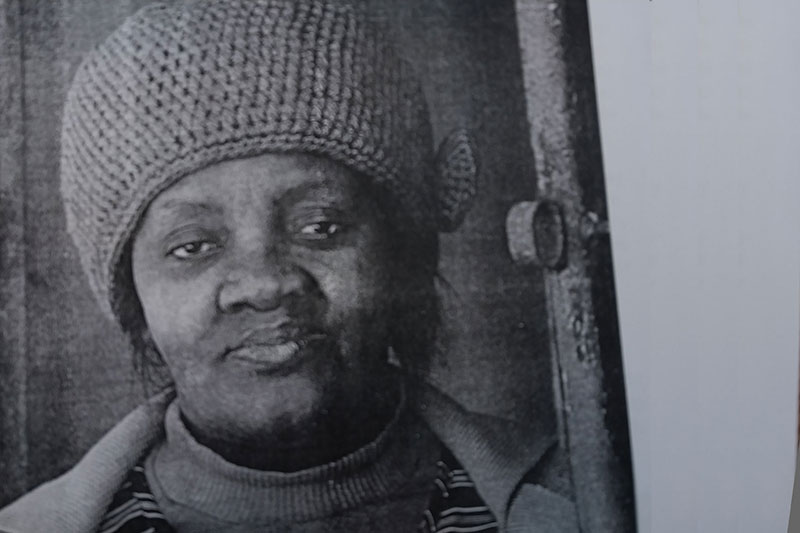
Wedged between the confluence of the Elsieskraal and Vygekraal rivers, KwaLanga was created under the Native (Urban Areas) Group Areas Act of 1923. Black South Africans were forced into segregated locations, creating “influx controls” to reduce urban access. KwaLanga became a reservoir of cheap black labour for the city.
Social and economic conditions were aggravated by apartheid-style spatial planning: regimented, lacking privacy and communal spaces, spawning violence, crime and gangsterism. Mama Zora had responded by forming a community-based organisation, Phandulwazi, for skills development. Phandulwazi trained hundreds in artisan skills and business entrepreneurship.
But when she and several concerned parents met with Smuts, it was to discuss 38 gang members, aged between 11 and 30, who’d been killed in gang violence. At that meeting were members from the four rival gangs and interlocutor Victor Matsepe, who worked with them.
“She was where the real power was. We could never have operated there without her.”
“The big problem [in KwaLanga] was with glue and drugs,” said Smuts. “All the kids wanted was something to do.”
After that meeting, the group and other community stakeholders met regularly. From that came the plan to secure land, raise money and build the Ulwazi Youth Centre.
Phase 1 opened in 1991. It provided gardening, cooking classes, sport, bodybuilding, art and recreation. The second phase was completed by a local female contractor.
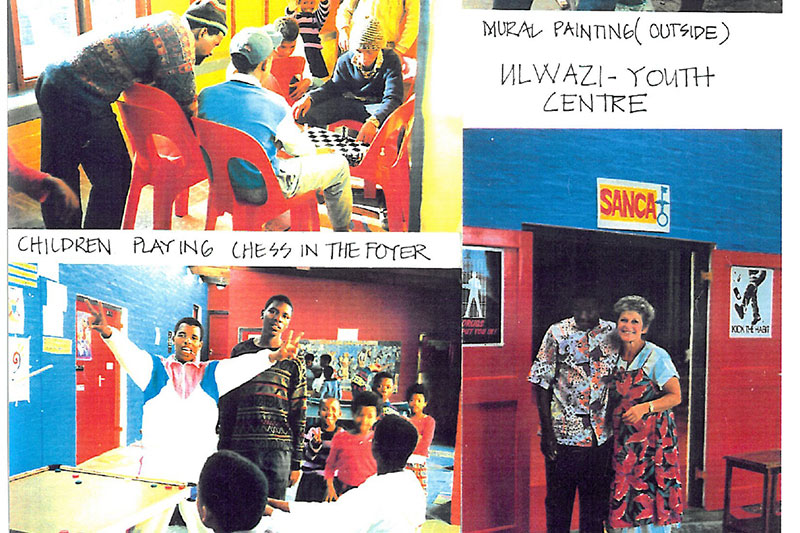
“That partnership and that building changed thousands of lives but sadly in November 2009 a gang instigated the demolition of the building,” said Smuts.
Later came the Guga S’thebe Culture & Heritage Village phases 1 (1996–1999) and 2 (2012–2015), an outlet for the community’s creatives and entrepreneurs.
“Zora was where the real power was. We could never have operated there without her.”
Working with the KwaLanga community soon showed Smuts that the UCT-taught Western European model for design and planning was limiting and inappropriate in township settings. It set her on a new path.
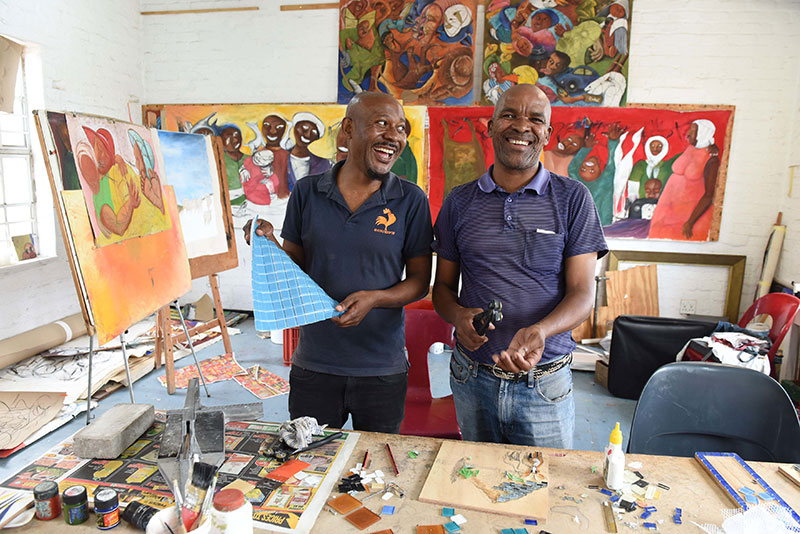
Awakening and a mission
Conscientisation had started early. As a white Afrikaans-speaking schoolgirl, Smuts’ first awakening to South Africa’s alternative realities came at age 15. Accompanying Rand Daily Mail journalist Joubert Malherbe one day, he’d shown her a park sign that read: “Dogs allowed on a leash. No blacks.”
“I couldn’t cope with this kind of behaviour,” Smuts said.
But it opened her eyes – not only to segregation but the dehumanising language and realities of apartheid.
Smuts enrolled to study architecture at UCT in 1979 and soon saw how the profession could rebuild and heal communities. She was encouraged by lecturer Julian Cooke, now an emeritus professor. Cooke was active in the townships with hostel upgrades. He was approached by a group of domestic workers, headed by Wilson Soci, a paint chemist from Lingelihle, a township in Cradock, who’d asked him to build a skills centre.
“Why don’t you use architecture to liberate people.”
“It was Julian who set me on this path of working with communities,” said Smuts.
At the end of her third year, with a practical year ahead, Cooke asked her to run the Cradock project.
There she met with community leaders Matthew and Nyameka Goniwe. Matthew, one of the Craddock Four murdered by the Security Branch in 1985, was a maths teacher in Graaff-Reinet.
“He said to me, ‘Why don’t you use architecture to liberate people?’ But you must work in a consultative process’, which his wife spent five hours explaining to me!”
African spaces and design
Later, a UCT student-led research trip took her to the African Iron Age site of the Zimbabwe Ruins where she saw how African spatial design works. Community space were outside the structures rather than within. And the builders had used circular instead of square spaces, common in many African cultures.
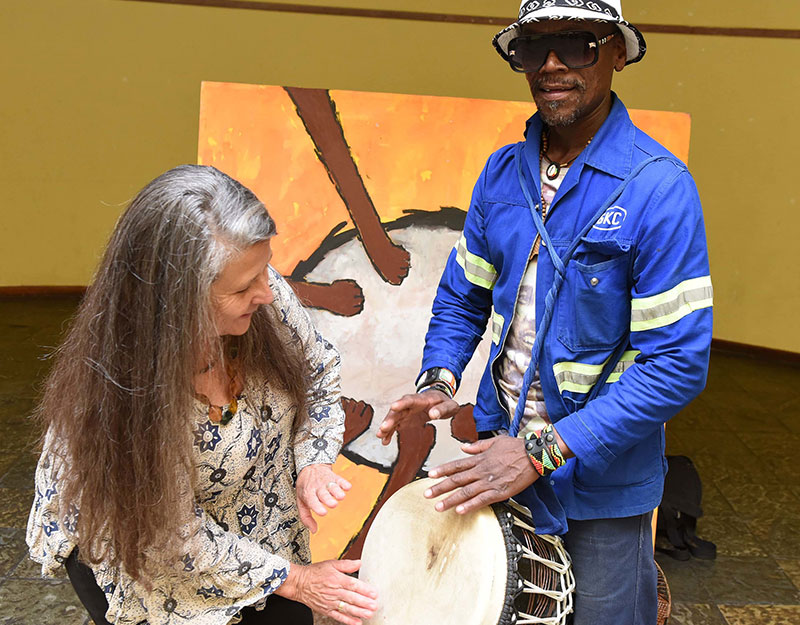
“If you look at African villages, it’s the space in between [the structures] that is the social and interactive space – not the space inside. The structures are also placed with doors facing east to meet the morning sun. Roofs hang over the [mud] walls to protect them from rain and provide shade.
“It’s a perfect system of natural materials, light and thermal properties.”
These spaces are also more layered to express cultural and social belief systems than the three-dimensional expressions of space in Western European contexts.
“It was just mind-blowing. I realised here was something they were not teaching [at UCT].”
By the time Smuts formed CS Studio Architects with Urs Schmidt in 1989, this thinking was embedded as “a way of building bridges and bringing people together instead of dividing societies”.
In crowded urban townships such as KwaLanga, where space is limited, Smuts favours using smaller units juxtaposed between large ones to create in-between spaces, an “alternative rooms or spaces between buildings that allow communities to use these and circulate”.
Sustainable
However, responsibilities of designers working in townships extend beyond participatory processes.
“These aren’t enough on their own. This is when it fails,” said Smuts. “It must be underscored by making. During the participation process, technology can be the most valuable tool. It’s important to understand what resources are available, both human and material. A good understanding of assembly and the active transfer of skills through making becomes an important part of the process.
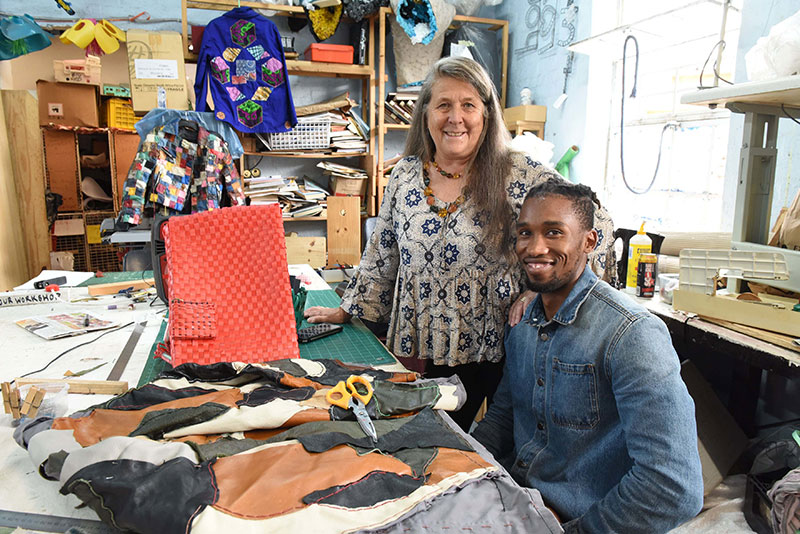
Research and experience have shown this leads to more sustainable environments.
“It allows the energy inside people to be unleashed. Spatial planning must be done in a way that allows the inhabitants occupying the space to enjoy it and to enhance the quality of life.”
By degrees
Smuts is now formalising research on participatory design processes and African space and place making into a master’s and PhD by design, through the University of the Free State, the only South African university to offer the two in tandem.
The master’s degree describes the community participatory process using CS Studio Architects’ Zolani Multi-Purpose Centre, a “contemporary urban catalyst” in Nyanga township, as a model. It focuses on the three processes that shaped the building design: local community participation, government and other stakeholder participation. It investigates each process and how these influenced the design.
Her PhD is on African space making and how CS Studio Architects has interpreted spatial arrangements to result in contemporary architectural resolutions.
The work in KwaLanga continues. Smuts and her firm are designing and building the KwaLanga Methodist Church to replace the current Vibracrete informal structure. The process to secure the land has taken seven years. “Today we can pay for the land, thanks to money raised abroad. Now we are raising money to build the church for them.”
There have been honours for Smuts’ work along the way. In 2017 she won the UIA Robert Matthew Prize for Sustainable & Humane Environments. And earlier this year Smuts became only the second woman to win the Golden Medal for Architecture, awarded by the South African Institute of Architects.
“Through her interventions, her ‘service’ has helped create new spatial realities in the marginalised environments she has been working in.”
The citation for the award notes how she challenged “conventional notions of aesthetics” by going back to basics and simple design interventions.
“[These] can’t be reduced to mechanical solutions; rather must meet the needs of marginalised communities faced by inadequate resources.”
It continues: “If we look at the challenges of displaced communities which has relegated these to the periphery of economic opportunity due to spatial injustice and apartheid engineering, we should take heed of the stance Carin Smuts has taken.
“Her practice has a record of producing innovative, cost-effective design solutions, which have largely contributed to ‘enriching the social and cultural life in townships, addressing the needs of people to help overcome the isolation that was a product of apartheid spatial planning.
“Through her interventions, her ‘service’ has helped create new spatial realities in the marginalised environments she has been working in.”
 This work is licensed under a Creative Commons Attribution-NoDerivatives 4.0 International License.
This work is licensed under a Creative Commons Attribution-NoDerivatives 4.0 International License.
Please view the republishing articles page for more information.
KwaLanga Centenary 2023
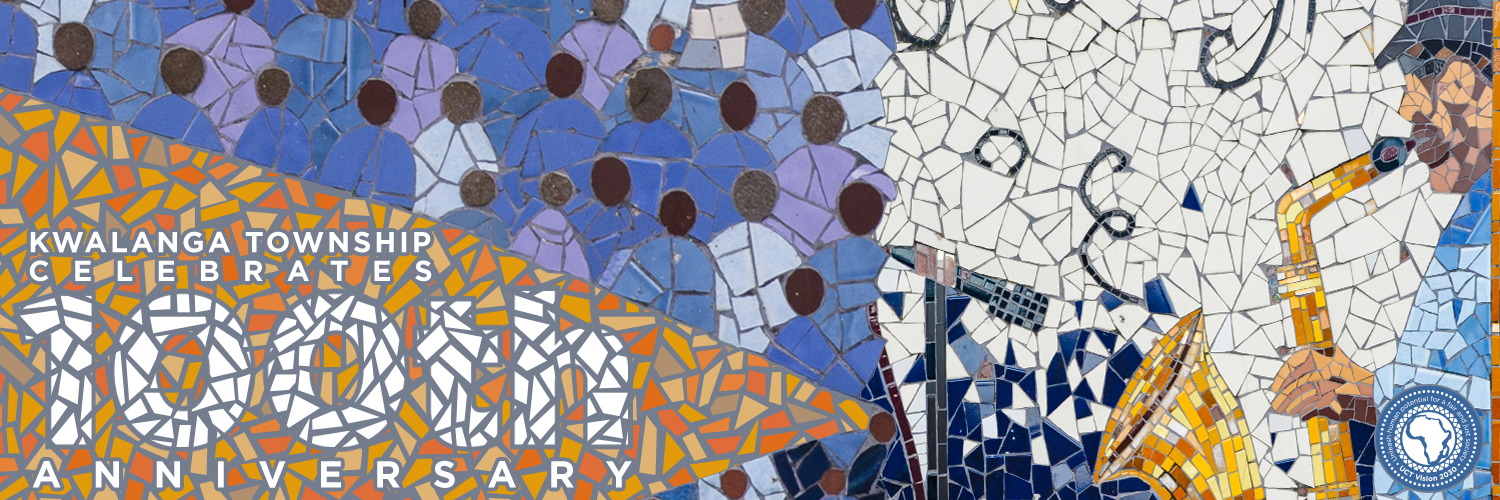
The Western Cape’s oldest township, KwaLanga, is marking its centenary in April 2023, presenting an opportunity to reflect on the township’s rich history and heritage. The University of Cape Town (UCT) has a history of engaging with KwaLanga residents, conducting research work, and collaborating on community initiatives.
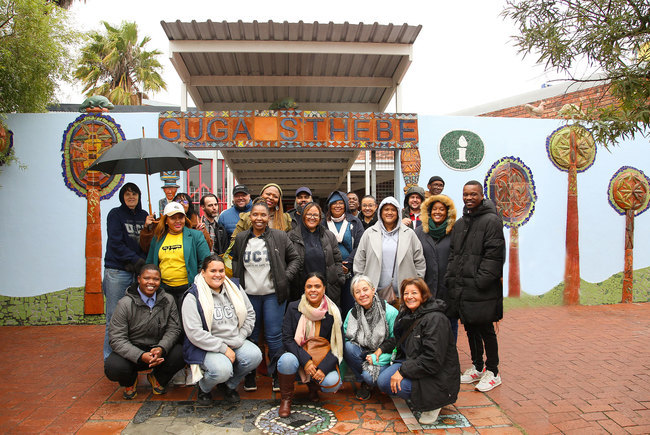
UCT’s CMD recently visited KwaLanga in commemoration of its 100th year of existence.
08 Jun 2023 - 4 min read Opinion
“The local people need to know that this is a place that houses their history,
and they should use opportunities to come and reflect on where we’ve come from.”
– Thami Sijila, Langa Heritage Museum curator and tour guide
